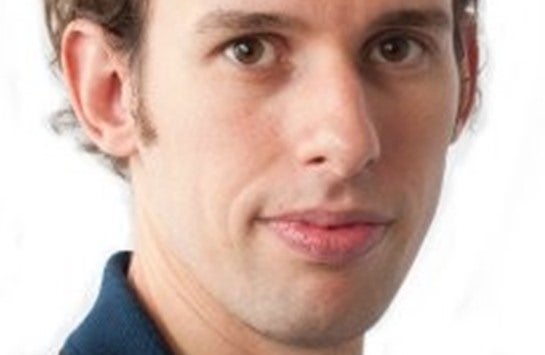
With professional leagues around the world evaluating ways of resuming their competitions safely in the wake of Covid-19, data providers are being tasked with providing insights to stakeholders which can inform key decisions relating to restarting soccer domestically.
From hand sanitisers and disinfected balls, to face masks and social distancing on the sidelines, plenty has been written about the measures being taken in recent weeks to protect the health and safety of players and staff involved in matches being played behind closed doors.
However, the fact remains that football is a contact sport and if leagues are to make informed decisions, based on facts, around the risks posed by the interaction between players on the field, then analysing in-game tracking data is one way of understanding how close players actually get to one another over the course of the 90 minutes.
Last month, Stats Perform was asked by the Austrian Bundesliga to compile a report outlining how frequently players came into close contact during a typical match.
As the league’s official rights holder, our SportVU optical tracking technology captures data from every match during the season for post-match distribution to the league’s member clubs, via the Edge Viewer platform. This allows them to conduct detailed analysis on their own team and upcoming opponents.
The league recognised that this data could provide objective insights to support key decisions relating to the conditions for resumption
 GlobalData Strategic Intelligence
GlobalData Strategic IntelligenceUS Tariffs are shifting - will you react or anticipate?
Don’t let policy changes catch you off guard. Stay proactive with real-time data and expert analysis.
By GlobalData
However, in light of the Bundesliga’s restart discussions with other key stakeholders, including the national federation, the ÖFB, and the national government, the league recognised that this data could provide objective insights to support key decisions relating to the conditions for resumption.
As well as measuring average distances between players
during open play, the report analysed, in isolation, set-piece situations,
goal celebrations and other gatherings involving players during stoppages.
The findings of the study showed that on average, a player came within less than two metres of another for just 13 minutes and 30 seconds during a match. For situations where players were less than one metre apart, that figure dropped to 4 minutes and 12 seconds. These numbers reduced even further once others factors, such as goal celebrations, were eliminated from the overall figures.

The outcomes provided the country’s stakeholders with objective evidence to prove that close interaction between players fell well below their recommended minimum contact time, which helped the Austrian Bundesliga get the green light to resume matches, starting from the first week of June.
The league’s head of competition, David Reisenauer, has spoken positively about the merits of the tracking data for supporting its decision making, saying that “having an evidence-based report was decisive in the development of our prevention concept, particularly the evaluation of the distance between the players over the course of 90 minutes.”
Of course tracking insights are just one piece of a complex puzzle which has enabled elite football to return in Austria, but it is a powerful example of demonstrating the added value tracking data provides elite leagues when they have to respond to challenges posed by the most unexpected of circumstances.
Sportcal



